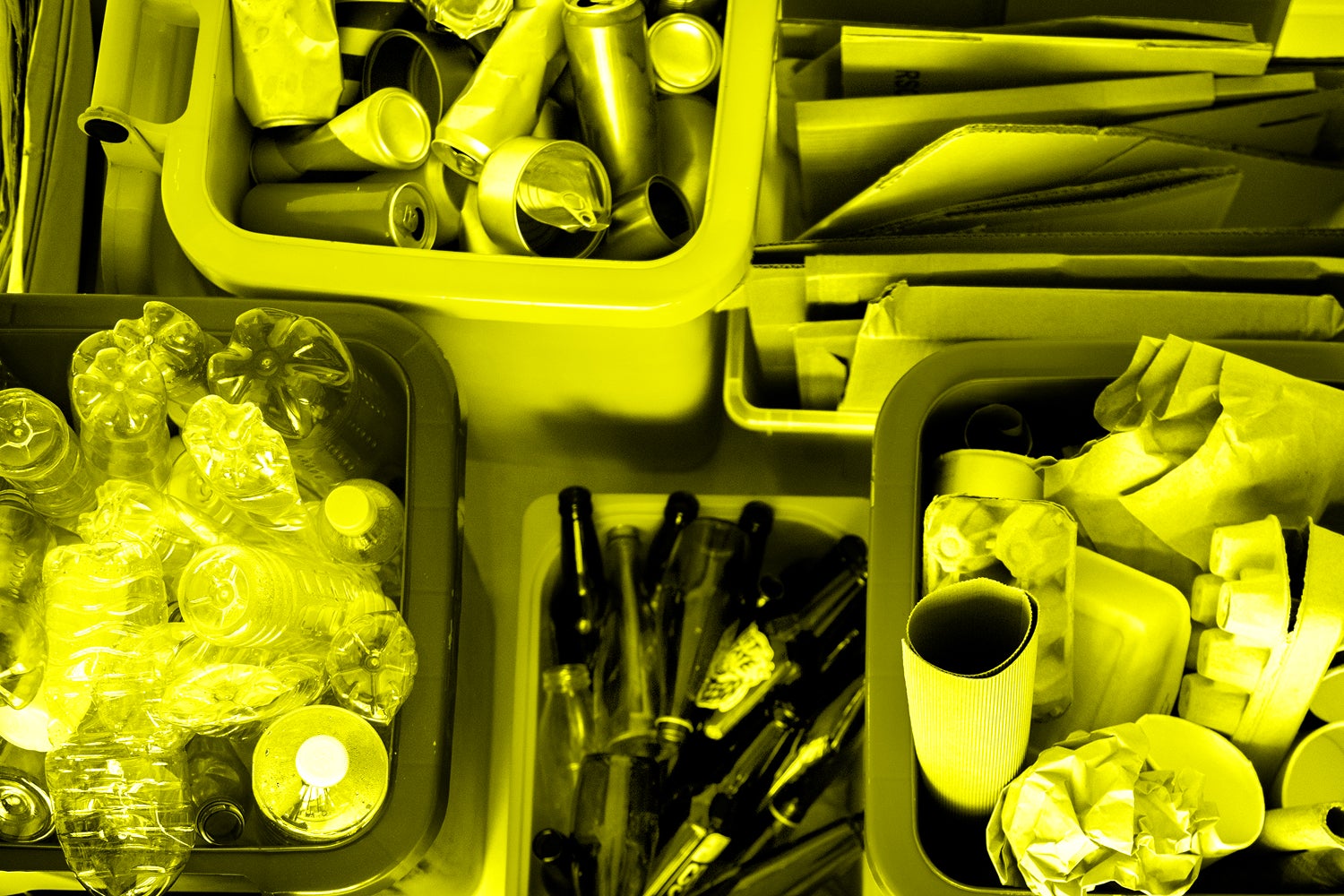How to keep your recycling out of the landfill
The recycling system is broken, but you can still work with it

Sign up and save the world
The one5c newsletter delivers our best tips right to your inbox
It’s easy to look at the data on recycling rates—21.4% overall and only 9% of all plastic!?—and feel tempted to go full-on trash nihilist. But throwing up our hands doesn’t solve anything. P……

